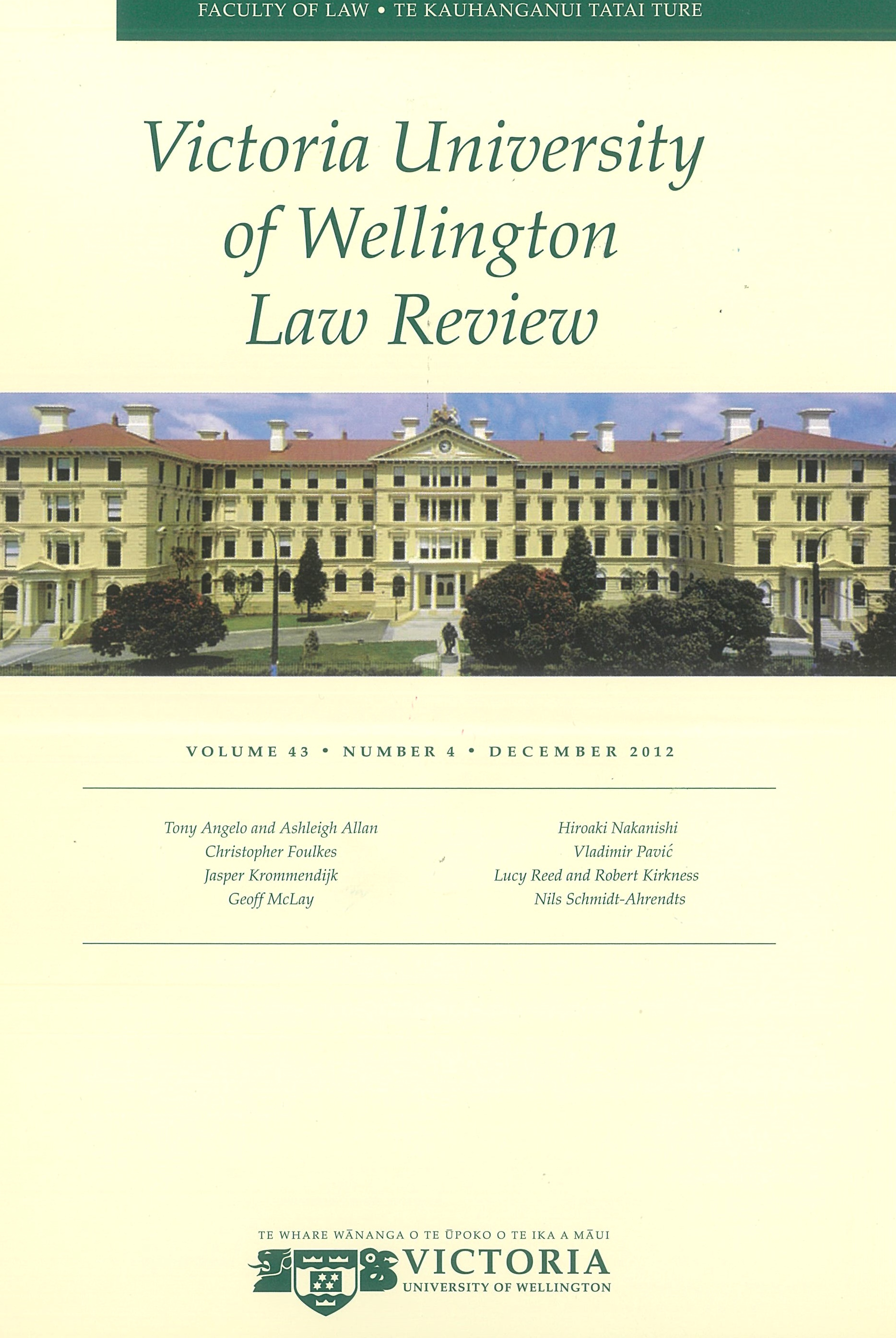Can Mr Zaoui Freely Cross the Foreshore and Seabed? The Effectiveness of UN Human Rights Monitoring Mechanisms in New Zealand
DOI:
https://doi.org/10.26686/vuwlr.v43i4.5022Abstract
This article analyses the impact and effectiveness of the most important international monitoring mechanism for New Zealand's international human rights obligations, which is the process of State reporting under United Nations human rights treaties by committees of experts. This article concludes that the organisation of this process in New Zealand has improved since the mid-2000s and that domestic actors, such as the New Zealand Human Rights Commission and non-governmental organisations, have become more involved. There is, however, no structural follow-up to the recommendations of the supervisory United Nations committees, and as a result they often remain largely ineffective. This article will explain why the reporting process under the United Nations Convention on the Rights of the Child is considerably more effective.
Downloads
Downloads
Published
How to Cite
Issue
Section
License
Authors retain copyright in their work published in the Victoria University of Wellington Law Review.


